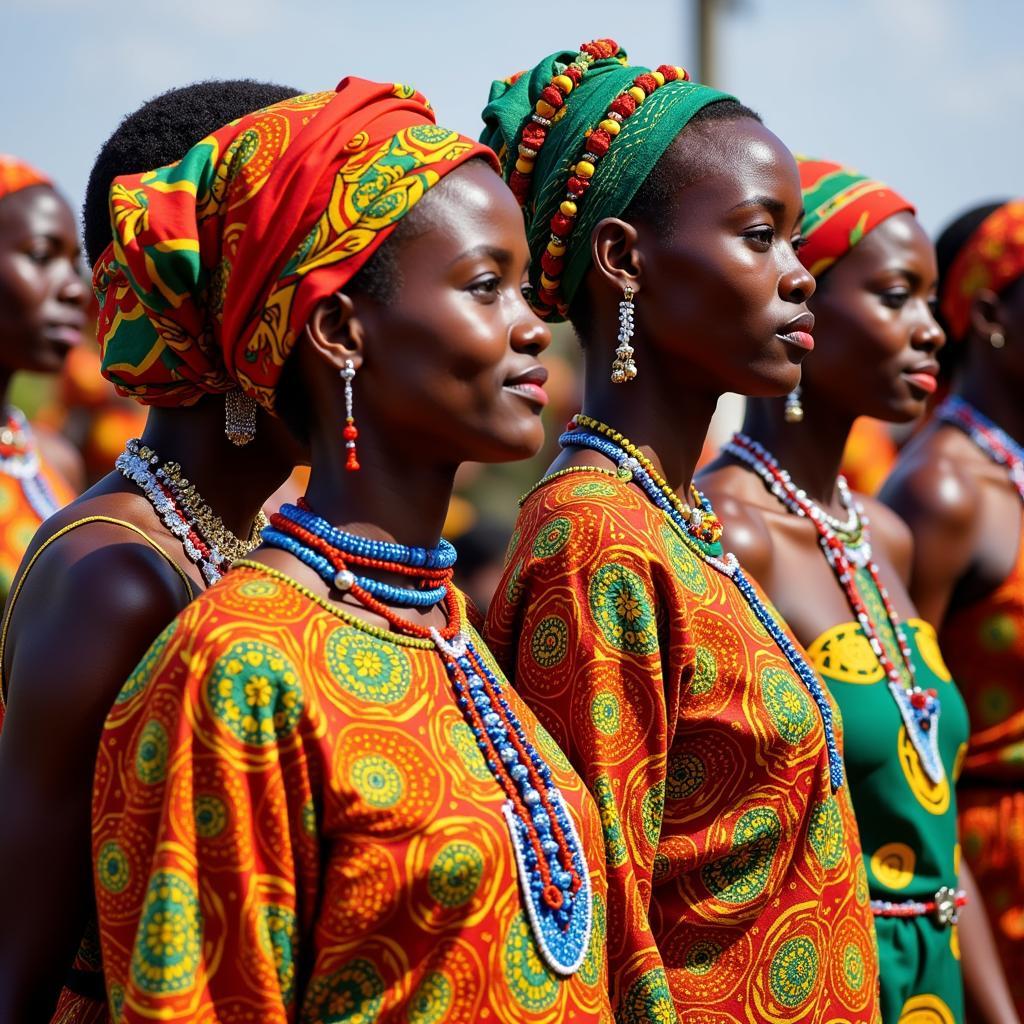African Elephant vs Cape Buffalo: A Clash of Titans
The African savanna is a land of giants, home to some of the most iconic animals on Earth. Among them, the African elephant and the Cape buffalo stand out as formidable forces, each possessing incredible strength and resilience. When these titans clash, the result is a breathtaking spectacle of power and determination.
Size and Strength: A Tale of Two Giants
The African elephant, the largest land mammal, can weigh up to 6,000 kg and stand over 3 meters tall at the shoulder. Their massive size is a testament to their sheer power, with their trunk alone capable of lifting over 200 kg. Cape buffaloes, while significantly smaller, are no pushovers. Adult males can weigh up to 900 kg and possess a thick, muscular build.
Both animals are incredibly strong, capable of delivering devastating blows with their heads, tusks, or horns. However, the elephant’s sheer size gives it a significant advantage in a direct confrontation. One well-placed stomp from an elephant’s foot can crush a buffalo’s skull, while its tusks can inflict fatal wounds.
Defensive Strategies: Horns, Tusks, and Herd Power
While the elephant may have the upper hand in terms of raw power, the Cape buffalo is not without its defenses. Its sharp, curved horns are formidable weapons, capable of goring and tossing even large predators like lions. Buffaloes are also known for their aggression and tenacity, often charging at threats with reckless abandon.
Perhaps the buffalo’s greatest strength lies in its herd. Cape buffaloes are highly social animals, living in large herds that can number in the hundreds. When threatened, the herd will often circle and protect their young, presenting a formidable wall of horns to any attacker.
Elephants, on the other hand, rely on their size, strength, and intelligence for defense. They are known to use their trunks to trumpet warnings, throw objects, and even push down trees to deter predators. Female elephants and their young often form protective circles, with the matriarch leading the defense.
A Matter of Perspective: Who Wins?
Determining a clear winner in a fight between an African elephant and a Cape buffalo is challenging, as the outcome depends on various factors, including age, size, experience, and the presence of a herd. In a one-on-one encounter, an adult elephant would likely prevail due to its superior size and strength. However, a determined buffalo could inflict serious injuries on an elephant, particularly if it manages to target the elephant’s vulnerable areas.
When a lone elephant encounters a herd of buffalo, the dynamics shift. The buffaloes’ collective strength and aggression can overwhelm even the largest elephant, forcing it to retreat. While an elephant may be able to kill a single buffalo, taking on a whole herd is a different story.
“In my years observing these animals, I’ve seen both elephants and buffaloes come out victorious in encounters,” says Dr. John Kamau, a wildlife biologist specializing in African megafauna. “The outcome often depends on the context of the situation. It’s a reminder that nature is a complex and unpredictable force.”
Conclusion: A Balance of Power on the Savanna
The African elephant and the Cape buffalo are both formidable creatures, each playing a vital role in the delicate balance of the savanna ecosystem. While their encounters can be intense and sometimes deadly, they are also a testament to the raw power and resilience of nature.
These clashes of titans are a reminder of the incredible diversity of life on our planet and the importance of conservation efforts to protect these magnificent animals for generations to come.
FAQs
Q: Do elephants and buffaloes often fight?
A: While encounters between elephants and buffaloes can occur, they are not as common as one might think. Both animals generally avoid conflict unless competition for resources or a perceived threat arises.
Q: What are the main differences between African elephants and Cape buffaloes?
A: African elephants are significantly larger than Cape buffaloes, with males weighing up to six times more. Elephants also have tusks, while buffaloes have horns. Both animals are herbivores, but elephants have a more varied diet.
Q: Which animal is more dangerous to humans?
A: Both African elephants and Cape buffaloes can be dangerous to humans if they feel threatened. Cape buffaloes are known for their unpredictable nature and aggression, while elephants can easily injure or kill humans with their size and strength.
Q: Do elephants and buffaloes ever cooperate?
A: While not common, there have been instances of elephants and buffaloes tolerating each other’s presence, especially at waterholes during dry seasons. However, they are not known to actively cooperate.
Q: What is the conservation status of African elephants and Cape buffaloes?
A: African elephants are listed as “Endangered” by the IUCN, while Cape buffaloes are classified as “Least Concern.” However, both species face threats from habitat loss, poaching, and human-wildlife conflict.
Other Resources:
We are here to assist you with any queries or concerns you may have. Please feel free to contact us at:
Phone Number: +255768904061
Email: [email protected]
Address: Mbarali DC Mawindi, Kangaga, Tanzania
Our customer care team is available 24/7 to provide you with prompt and efficient support.

